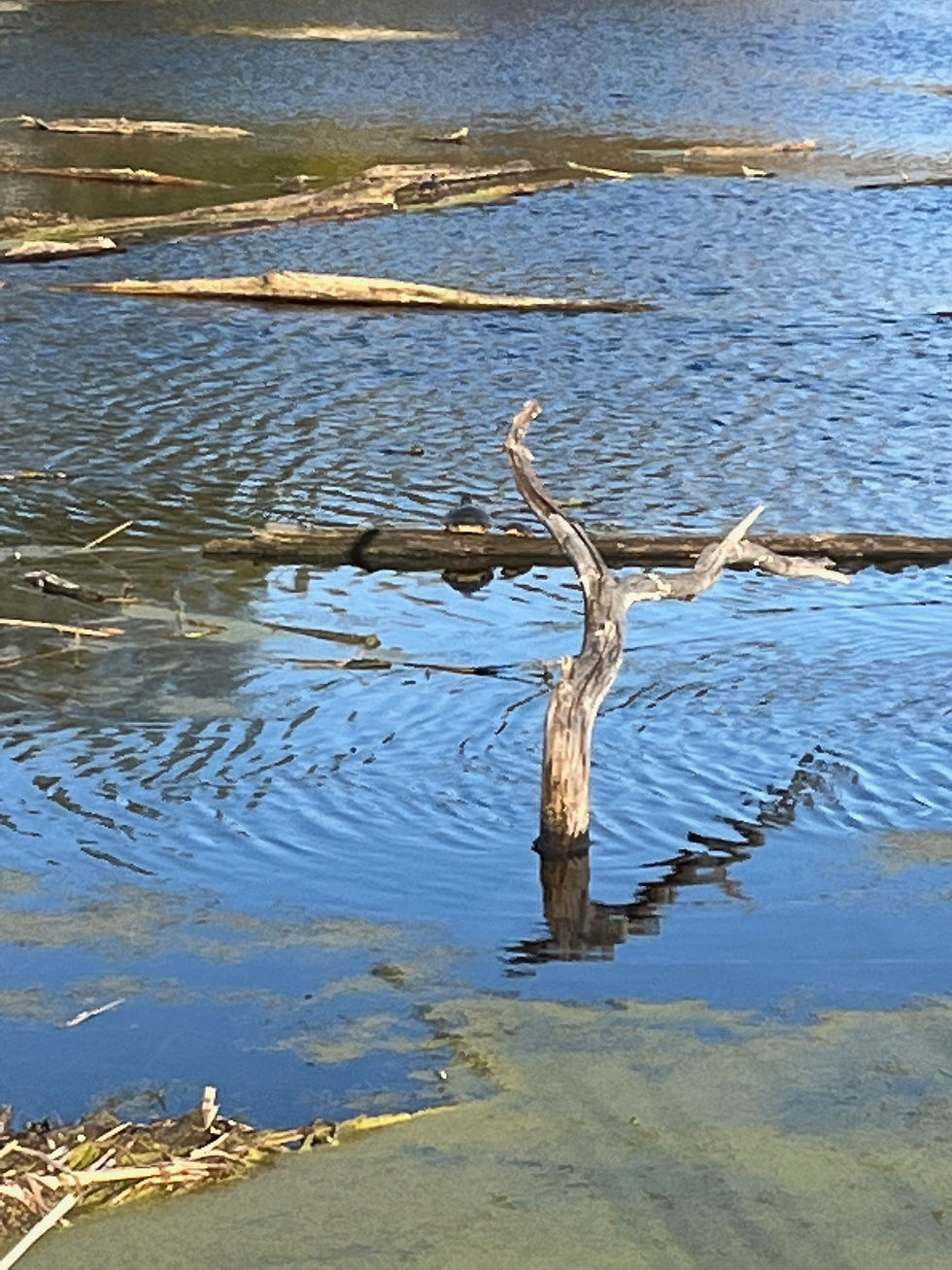Calling is not a straight line
- Kat Peters

- Mar 28, 2024
- 3 min read
The path to calling and purpose may be the longest and most circuitous route, and the promise at the center is rich.

Originally published in February of 2024 on the blog of the Institute for Leadership and Service at Valparaiso University.
When I was a Valpo student, vocation was often discussed in my circles as being the place where one’s “deep gladness and the world’s deep hunger meet.” This is a classic statement from Frederick Buechner. It’s shorthand, while also holding important meaning. In fact, Buechner helpfully gives some practice examples of this, suggesting that writing cigarette ads might be fun but probably not helpful, and that being a doctor in a leper colony is very helpful, but if it drains your joy then may not be your best-fit vocation.
The image that this formula always brings to my mind is that of a cross-hairs: two straight lines that find a center, a bullseye. The world’s need on the x-axis, my gladness on the y-axis. In this image, as an undergraduate, I found a target with a point system, like the archery targets I used to practice on at summer camp. Miss the mark, lose the game. If I cannot find my center, my purpose, will my life be worth living?
In my work in development studies, we confront the same problem – how to define development, how to measure it? One key problem to the idea of development is that it necessitates the existence of “underdeveloped” places and people, those who need to be brought into alignment with a “better” way of life. There is a target, and you can hit the mark, or miss it.
This may not be Buechner’s intent, and a charitable reading will give him the benefit of the doubt. Hopefully everyone can find themselves at this crossroads. But images bring with them connotations, and this image of the axes connotes targets, success, failures. What if a different image were a little more helpful?
Valpo is also home to several labyrinths. There are two outdoor labyrinths, one located on the east side of the Chapel of the Resurrection, and one at the Lutheran Diaconal Association center. There is also an indoor, portable canvas labyrinth, which was used at a session for MLK Day in January on spiritual resources for action and contemplation.
As Travis Scholl (‘96), the author of Walking the Labyrinth: A Place to Pray and Seek God and the presenter at the MLK Day session, eloquently points out, a labyrinth is the opposite of a straight line. In fact, the center of the labyrinth is not located at the crosshairs, and the way to the center takes the longest and most circuitous route possible within the space. Moreover, the center of the labyrinth is not a dot, but an empty place.
What does this mean for our journey of understanding our purpose and calling? As many of us can attest, years or decades after college graduation, life does not play out in a series of straight lines. If we find a magical “bullseye” where we feel fulfilled, glad, and useful, this feeling may not last or it may not be present every day.
Scholl tells us that the empty center of the labyrinth demonstrates the emptiness of our clichés and our pieties, and calls us to understand that all we can do in our search for purpose is to find ourselves in the present moment. In that moment we find ourselves face to face not with our definitions, aspirations, or accomplishments, but with our Creator, who tells us that we were created for just this moment, that we are enough. No instructions beyond that. That simple, and that difficult.
Where our previous ideas told us we fell short, that we are lacking, in the center of the labyrinth all that we have walked before comes to fruition in the moment, and meets the moment, if only we can trust.
And then, rather than congratulating ourselves for hitting the target, we walk the long and winding path back out into the world to live and act in the present moment, having experienced the center.
by Kat Peters, Assistant Director of the Institute for Leadership and Service
Photo credit Pastor Kate Museus



Comments